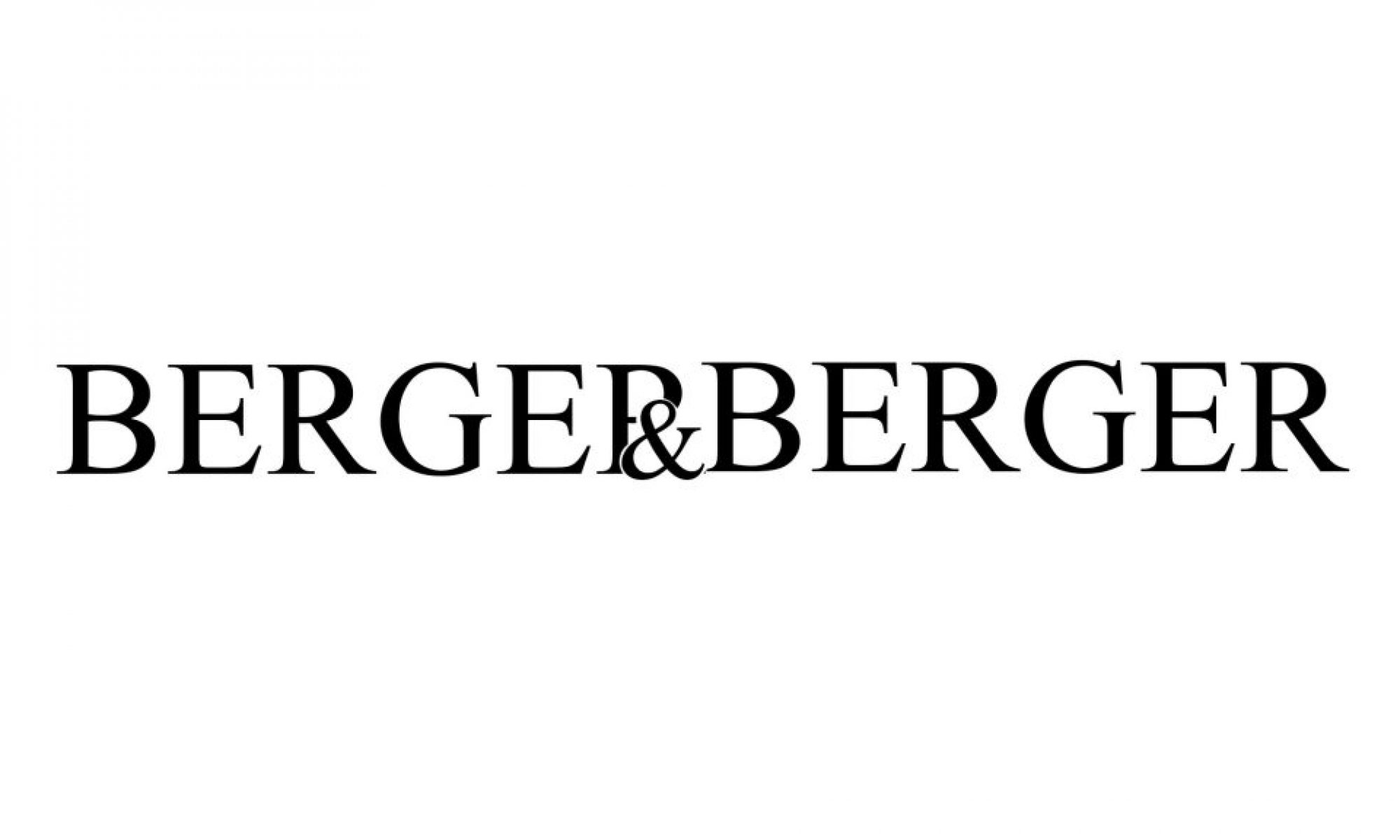Global Critical, vol. 1, issue 1, 7 December 2019
We met the Chinese-Italian collective Berger & Berger in Sainsbury’s. As we followed their trolley from aisle to aisle, we tried to unpack their practice.

Global Critical: It is unusual to meet artists in supermarkets, but from your latest documentary it is clear shopping has a certain significance to your art practice.
Jo Berger: Yes we both like supermarkets a lot. They are fun. We keep making new discoveries. Supermarkets are very inspirational for installations, props, and for shooting on location. The everyday is a major source of contemporary art, so we are not claiming originality. We just like that.
GC: Where is the criticality then?
Dolly Berger: In our latest documentary we show people the ways of shopping art, it is easy just like shopping groceries at supermarket. People seems have too many assumptions about art fairs and art market and so on. You don’t need to analyse the roll of toilet paper you are going to buy, and then you don’t need to think too much when buying a piece of art. So we call it “art shopping” not “collecting”, there is no rules no hierarchy in it, you just need to go and enjoy.
JB: The criticality is implicit in the figures of Jo and Dolly Berger. We embody criticality – we activate it. So, we don’t need long explanations. I mean, yeah, as artists, we have superpowers of observations, I guess. I guess yeah, it’s like maybe we are unconsciously trying to demystify the art apparatus. Consuming and making art with a certain light-heartedness. We’re saying – don’t take yourself so seriously! As art students, we have the right and duty to do so. We can make our own rules.
GC: I suppose that this new concept of criticaliticality requires new tools of engagement, what do you use?
JB: Oh yes we are researching innovative tools, and old fashioned ones too, like rulers.

The criticaliticality measure (above) and criticaliticality revealer (right) are among the innovative tools adopted by Berger & Berger

GC: You have coined a new term “criticaliticality” and it looks like it’s becoming trendy?
JB: Yeah I guess there was a niche, or if you want, a demand in the market. We tend to focus on the supply side really, but we have a knack for identifying trends. Dolly is particularly good at it. That is only one aspect of what we mean by criticaliticality.
GC: Your mission statement is “For your best art experience”. It seems you have adopted a business-artist model?
JB: Well yes, it’s inevitable in the current socio-economic context. The romantic artist no longer exists. These days you need to be an entrepreneur. But the business-artist model is quite boring frankly – all admin and management. We like to call ourselves a collective to sound less boring. A collective of two with two priorities: 1. to make fun for ourselves and 2. to deliver this fun to art audiences.
DB: Yeah, our company is very care about user experience.
JB: Yeah. Because we deliver a global public good.
GC: How do you work together?
JB: A lot of online chatting. And we have clear roles and responsibilities. Having said that, we’re both Directors in our company. But we also have separate job titles: Dolly is the Technical Lead, while I am the Business Manager.
DB: Yes, working through WhatsApp is very productive, most of time we just chatting and know what we are going to do.
JB: Yes but sometimes we chat on Instagram too.
GC: Dots seem to be very important in your work at the moment. Why dots?
JB: Yeah we love dots. We are going to write a criticalitical history of dots. Dolly say something? Dolly is the dot specialist.
DB: a dot is a start point, it is the beginning of everything about art. Lots of artists are using dots in their work, like Yayoi Kusama, John Baldessari… and galleries are using dots, usually as a stamp of purchase, there’s too many things you can read from it. Also dots is a big fashion trend of art in these years, yes, it is back.
GC: What is your favourite London gallery?
JB: Both Tate Modern and Tate Britain are very family friendly. They provide tools for playing. They don’t care what you do. They let you make your own art. I like that. I think Dolly also like that, right Dolly?
DB: Yes, our good neighbour Tate, they are very inspiring places, and Tate is very supportive to people doing creative activities in there, it’s like open studios for people, I really like that.
GC: From galleries to art fairs, you seem to very care about the institutions, is there any concerns and critiques in it?
DB: Yes we are care about institutions, cause we are kind of establishing our own institution, so we need to know how these things work and what we can do. In this case I don’t want to judge or make criticism to my fellows, that would be rude.
GC: So you are expanding your business?
DB: well, it just a very beginning stage, now we have two documentaries and some writings, and we are planning more products maybe with other media or dimensions, we are…developing.
JB: Yeah.
GC: Let’s talk about rules. Do you think rules are for breaking?
JB: We don’t care about rules. We engage on our own terms. But we try not to be arrested or chucked out of galleries. Like Dolly said, we don’t want to be rude to anyone. We want to be nice.
DB: Yes, we are not mean to satire or offence anything, that’s important. I think the rules is there, and we are in a different dimension, not the opposite nor the same side. We don’t break rules cause we can’t touch it.
GC: And finally, what is your next project?
JB: We’re not going to tell you.
DB: No.
